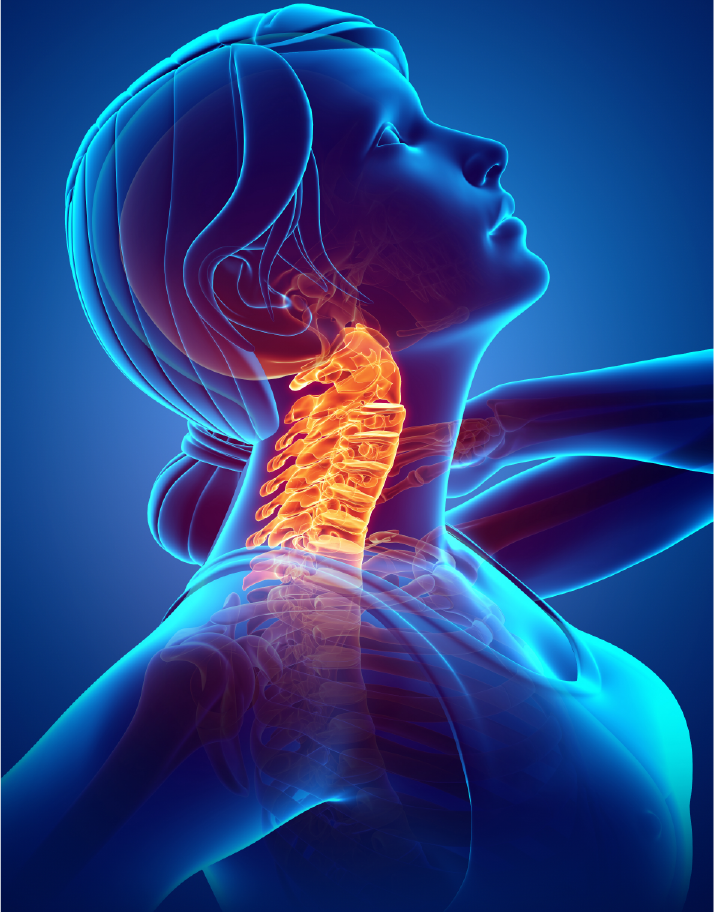
Understanding traumatic brain injury (TBI) Traumatic brain injury, or TBI, occurs when a sudden blow or jolt to the head disrupts the normal function of the brain. This can lead to a wide range of symptoms and long-term complications. Here are a few key points to help you understand more about traumatic brain injury: TBI… Continue reading Coping Strategies for Life After a Traumatic Brain Injury

The neck is made up of seven tiny bones called cervical vertebrae (C1-C7). These are protected by spongy vertebral disks present between them and supported by ligaments that hold them together and surround the underlying spinal cord. Cervical fractures are common in motor vehicle accidents, sports activities and falls. The second, sixth and seventh cervical… Continue reading Cervical Fracture

The first 7 vertebral bones on the spinal column form the cervical spine and are located in the neck region. The neck bears the weight of the head, allows significant amount of movement, and also less protected than other parts of spine. All these factors make the neck more susceptible to injury or other painful… Continue reading Neck Pain

The spine, also called the back bone, is designed to give us stability, smooth movement, as well as providing a corridor of protection for the delicate spinal cord. It is made up of bony segments called vertebrae and fibrous tissue called intervertebral discs. Disc protrusion, also called herniated disc, is a condition caused by a… Continue reading Cervical Radiculopathy/ Myelopathy